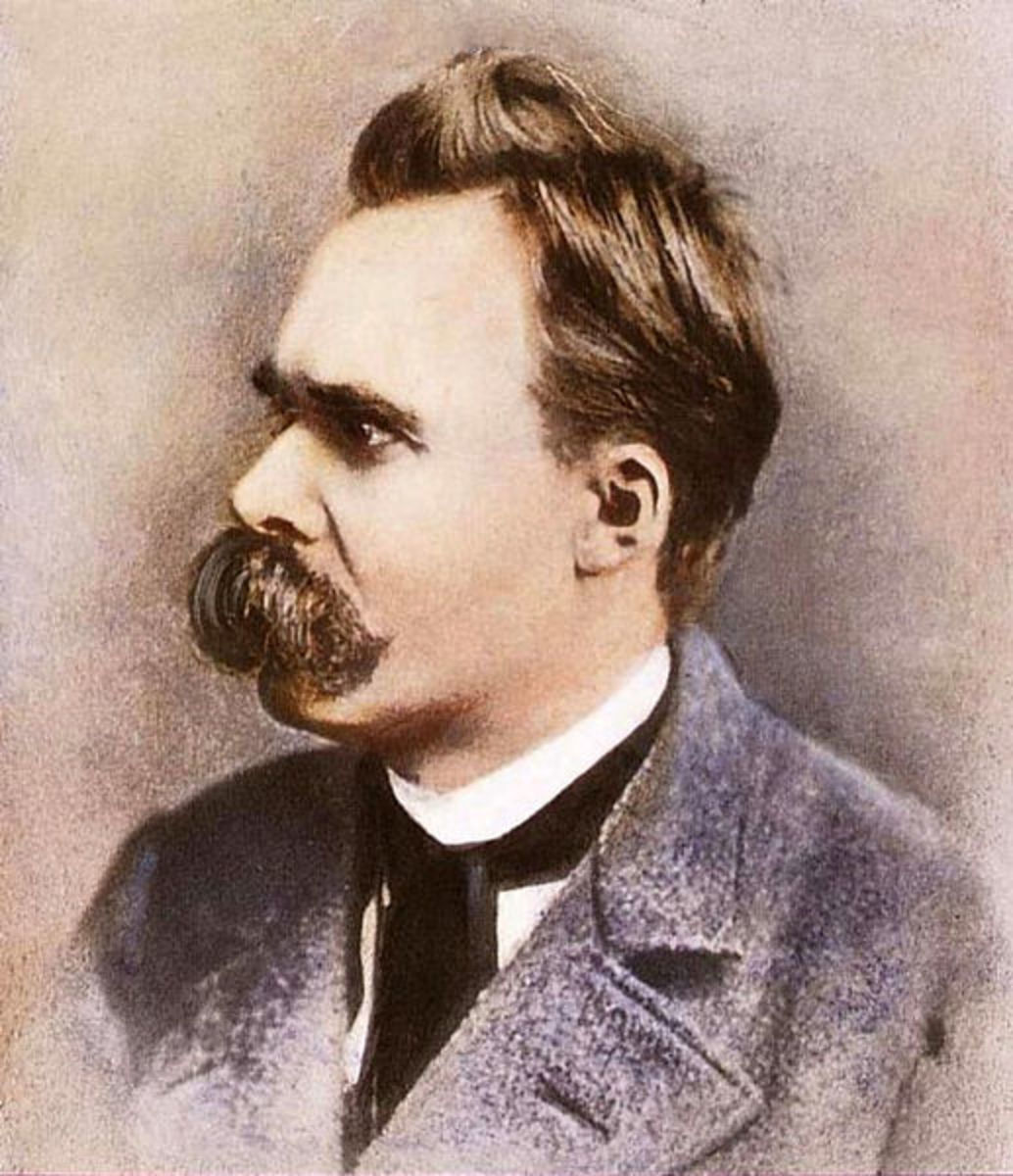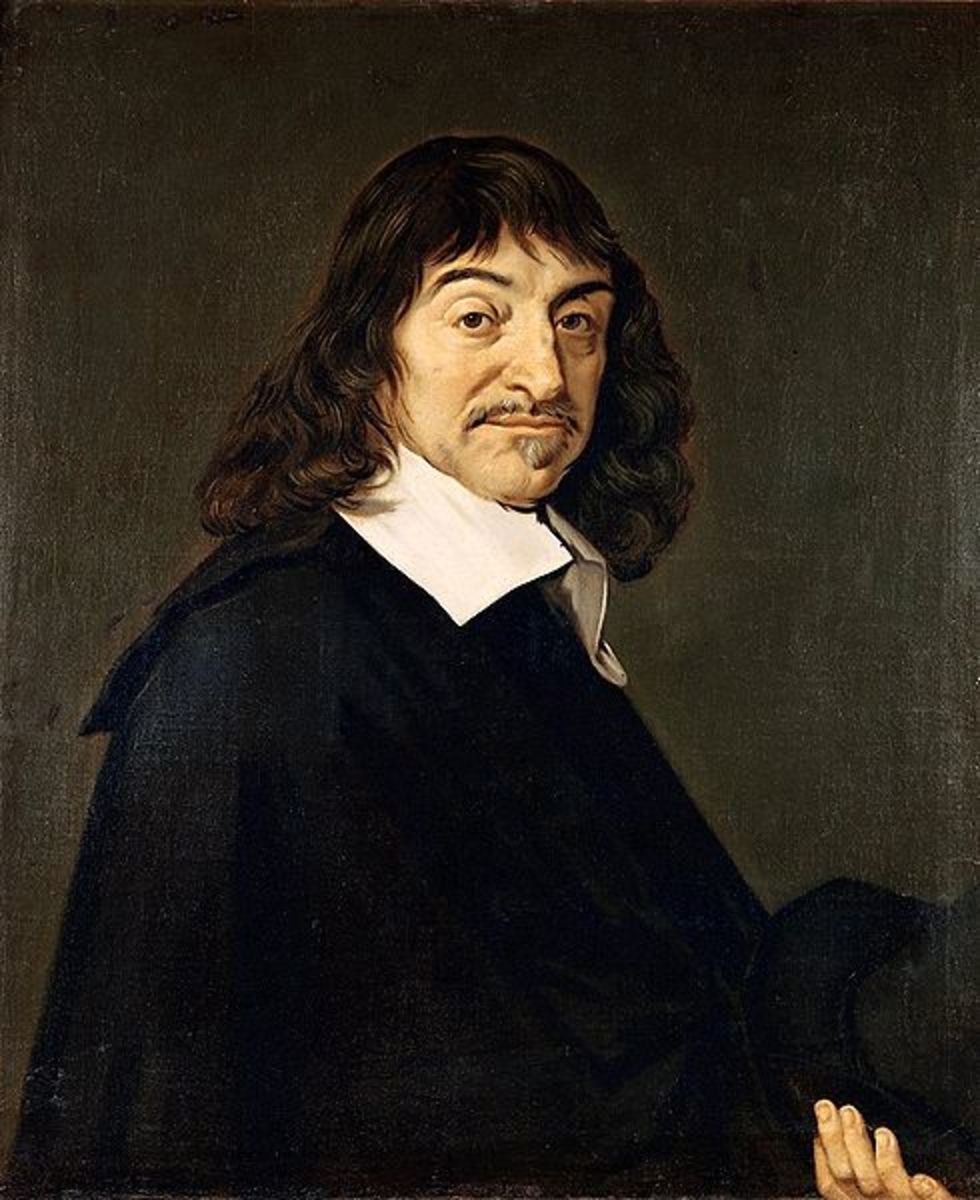Ontology 101: Appearance vs Reality

What Really is Real?
Perhaps one the most fundamental area of philosophy is Ontology as it is theorizing about reality and being. What is reality and what is merely appearance? What is abstract and what is concrete? Is reality what we see with our senses or is real the quantum reality we cannot see at all? Is the mind and its mental states real or is the mind just another name for neurological events? What we believe reality to be extends into what being is.
It may seem like a simple matter. I know the world exists and I know I exist. However, I also believe reality is composed of atoms and particles I cannot see. Now would atomic or quantum reality be considered more fundamental than my level of reality? If reality is really just tiny bundles of energy forming matter then what appears to be many distinct things may actually just be one thing. When I think of myself should I believe I have a soul, a spirit or a mind distinct and separate from my physical form? If I allow that I have a mind how do I know for certain that other people do, or that anything exists beyond my mind?
Ontological theories fall into these broad categories:
1) Monism: Theory that there is only one reality or that only one things is real.
2) Dualism: Theory that there are two forms of reality or two things that are considered real.
3) Pluralism: The theory that reality is composed of a plurality of things and many different things are considered real.
4) Nihilism: Nothing is real.
Monism: The One and Only
Monism can take several forms and differ on exactly what reality is made of. Theories can claim everything is God, energy, matter or mind.
Parmenides believed our senses deceive us and therefore our perceptions of the world do not reflect reality as it really is. We can only grasp what really is by using logic. He states the only one true being is ’The One’, not to be confused with god, and it is indivisible and infinite in time and space. Motion and change are illusions. All that is has been and will ever be. He comes to this conclusion because anything we think of already has something in reality that it refers to. Thought and language require something external because otherwise they would be inconceivable. Since everything can be thought of at any time there must exist everything that can be thought of already.
For Spinoza God is the one infinite eternal substance that exists. “Except God no substance can be granted or conceived. .. Everything, I say, is in God, and all things which are made, are made by the laws of the infinite nature of God, and necessarily follows from the necessity of his essence. (Spinoza, Ethics)”
Now Solipsism is the theory that only one’s own mind is sure to exist. Knowledge of anything beyond one’s own mind cannot be demonstrated. Other minds and the world outside our own minds might not exist.
Physicalism, or materialism, states everything that is, is physical. However, historically materialists stated everything was inert matter with extension, motion and form. Physics has shown that is not entirely true so the term physicalism prevents these assumptions of matter. To state that everything is really physical or matter means the philosopher must explain exactly what that means to suggest it is one type of thing or perhaps that everything is energy. Perhaps, since physicalism, depends on our understanding of physics we might believe this monism is firmly grounded and therefore more plausible than a monism of ‘the one’ or of god.
Problems arise when we think of how this relates to being, in specific our being and our mental states, which have no place in physicalism. We end up with theories such as Behaviorism, the extreme version, or hard behaviorism, states there is no such thing as minds or mental states and processes. Such that all mental statements can be reduced to statements about behaviors. All we can ever know of other people we learn by observing their behaviors, actions and words. While it is true that we cannot conclusively determine someone else has a mind or mental states we can do so with our own mind, which perhaps just demonstrates the private nature of mental states.
Some however say referring to mental states is a category mistake: mental states refer to how people do things where their characteristics, such as honorable or charismatic, refer to their dispositions to behave. If we find this to be too limiting there is the option of going with mind-brain identity, such that there are mental states but they are neurological events. Some would argue it would be impossible to prove that all mental states are neurological states and that it does not make much sense to talk about thoughts spatially, or as the triggering of such and such neurons. However, it is just as difficult to point to any facet of our minds that is not located in some way in our brains from our emotions to our memories. The problem is finding more elusive things such as thoughts, imagination or even theorizing. Not impossible but beyond current scientific capabilities. It might be a more neural connective theory, with clusters and patterns of neural firing, which would be different for each person as experience changes their neural pathways, might be able to express all our mental capacities. Or it might be seen that from all our neural firing arises consciousness, self identity and thought, a form of dualism. Or perhaps mental states are directly correlated to brain states, such that when one happens the other simultaneously happens as well.
Dualism: Two of a Kind
Plato can be considered to have a dualistic ontology by way of his Theory of forms. Forms are distinct and immaterial substances that objects in reality are a mere reflection of. There is a Form for Cat that gives cats their catness. Since we have the ability to grasp these universal concepts our minds must also be immaterial.
For St. Thomas Aquinas there is the duality of soul and body, although the soul must be in a body for a person to be considered a person. A number of religions would be comfortable with dualism in order to say there is such a thing as spiritual substance along with material substance.
Rene Descartes is one of the most well known dualists, one who suggested reality was composed of mental substance and material substance. The body is considered an extended thing with the properties of extension, size, location, shape, motion and divisibility. Whereas the mind is a thing which thinks and has the capacity to doubt, understand, affirm, deny, will, conceive, imagine and feel. Since these are separate substances they can also exist independently of one another. In some sense there is some comfort in believing this theory to be true. If someone is ill they may like to believe that although their body has failed them they still have their mind to depend upon. People may also like the belief that when we die something about us whether that is our mental substance or soul persists after the body’s demise. If a person is brain dead their body can still live and therefore it might be possible for the mind, spirit or soul to astral travel away from the body or to exist in some way beyond the body.
So we can perhaps imagine how they can exist separate from each other but it turns out it is harder to explain how they exist with each other. How they can be connected and integrated. In Descartes case how can this nonextended mental substance, located no place, have any effect of something entirely different as material substance? Descartes struggles to pinpoint the exact location of the connection and unfortunately chooses the pineal gland in the brain. Not that it matters what area he chose for this connection but that he chose one at all, because by doing so he has located the mind, but having location is a component of the body. To say that the mind is located anywhere he is making it a material thing itself which would make his theory more materialism than dualism.
Many dualists would say that mental activity cannot be reduced to materialism or neural activity. In which case every living thing has to have some sort of duality in its nature. A ‘vital force’ within them in addition to their material bodies. Perhaps this is because it seems inconceivable that life, in any form, is not something different in nature than inert matter. Such as a corpse is entirely different than the live person. Consciousness then is not merely neural activity but an emergent phenomena. No matter how dualism between immaterial minds and physical matter is theorized there is always the problem of interaction.
One problem is that it seems immaterial substance and material substance lack the commonality to be able to act on each other. However if causation is by energy then there might not be a problem at all especially if immaterial substance is a form of energy acting on neural activity and the brain, both of which are fundamentally energy. In fact how we see interaction may depend on if we believe the interaction must follow the deterministic laws of physics or the in indeterministic laws of quantum physics. Alternatively a dualism can choose epiphenomenalism or parallelism. Epiphenomenalism suggests that mental states are caused by physical events, but have no causal influence on the material world. However if mental states in fact do nothing then why do they manifest at all? There does not seem to be any evolutionary advantage to have conscious brain states rather than regular brain states. Now Parallelism denies any causal relation between immaterial states and physical states. They run parallel to each other, but not because of any relation between them. This sort of response, one that Leibniz chooses, works well with a pre-established harmony in the world because of god. Things behave as if there is interaction because they were set to do so by god, but without requiring any action interaction.
Pluralism: The More the Merrier
Plurality states there are many different things that cannot be reduced to a monism or duality. Very early on Empedocles can be seen as a pluralist since he stated the four elements of air, water, earth and fire were what all things were composed of.
Aristotle was a pluralist because he theorized reality is composed of individual substances, objects, with their essence (form) is the ‘whatness’. Universals and forms exist instantiated within objects. What makes my cat, Frank, a cat is his catness. We can observe the commonalities in objects of the same kind in order to see what things they share in common, but the universals are not outside of the objects.
In fact any theory that posits universals or tropes that are part of object’s essence are pluralist theories, as D.M Armstrong and others. In fact, what might speculate if materialists are pluralists at heart. Reality is composed of different particles with different properties as well as different sorts of energy fields and forces. Unless it can be said that everything is ‘energy’, but then we end up with something as incomprehensible as god or ‘the One’.
Nihilism: All or Nothing
The theory that nothing is real. Not much more to say on that then is there? Friedrich Nietzsche is thought of as a nihilist. In Will to Power, he states, “Every belief, every considering something true, is necessarily false because there is simply no true world.” For Nietzsche, there is no objective order or structure in the world except what we give it, but he is not claiming everything is nothing. Possible ways to propose a nihilistic ontology are to say there are possible world that have no objects at all or that reality has no concrete objects, only abstract ones. We could say that existence does not exist. That is to say it is impossible to distinguish existence from non-existence. Adding that an object exists adds nothing to that object and therefore it adds nothing to reality as a defining quality. With such nihilism nothing can be said to be real or true because those values do no exist at all. The nihilist would even deny the self, unlike what one finds with solipsism.









